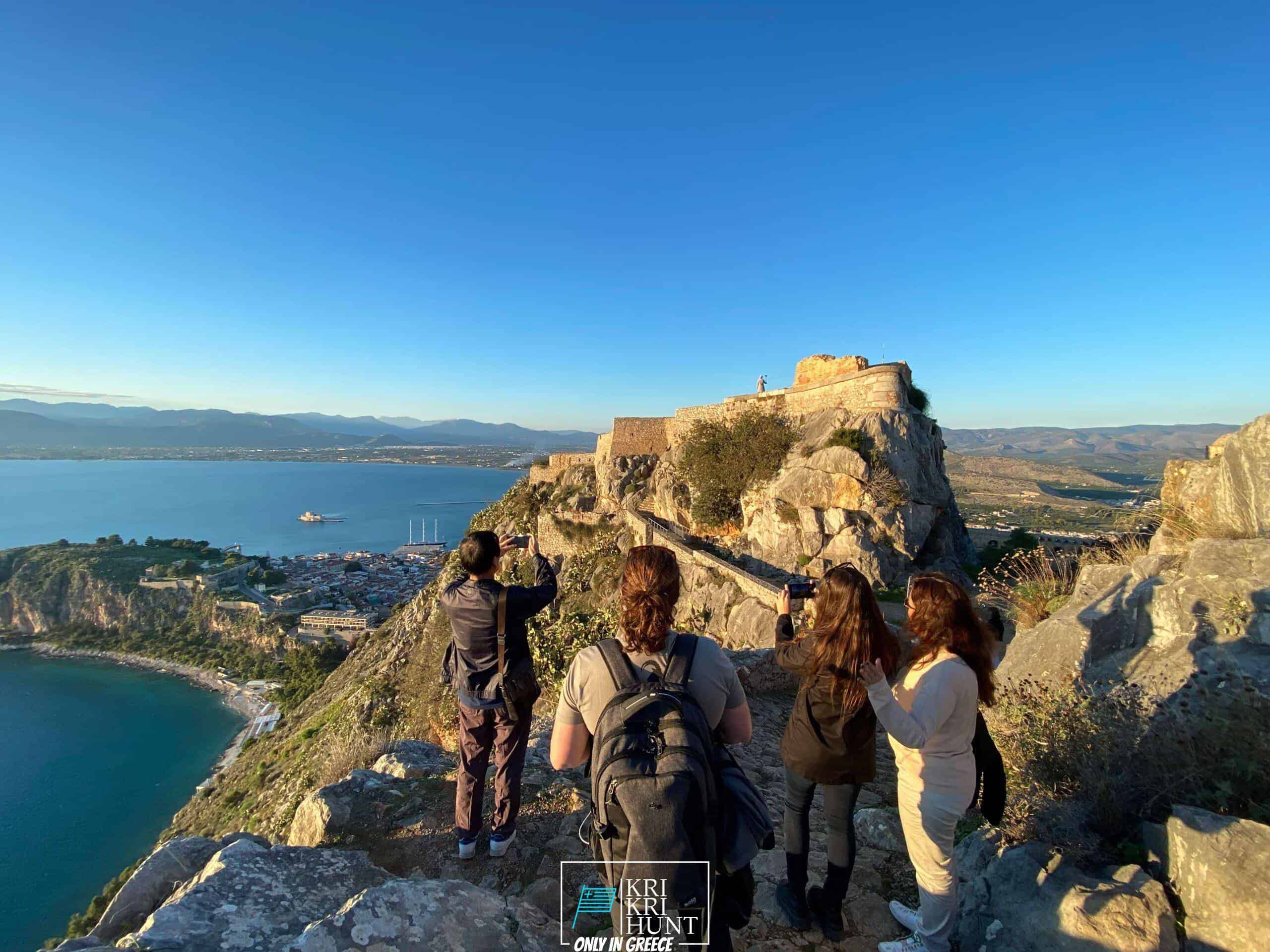Kri kri hunt for trophy pets in Greece
Kri kri hunt for trophy pets in Greece
Blog Article

Hunting for Kri Kri ibex in Greece is an interesting searching and also an extraordinary getaway expedition all rolled into one. For a lot of hunters, ibex searching is a hard task with unpleasant conditions, but not in this situation! Throughout 5 days of exploring ancient Greece, diving to shipwrecks, as well as spearing, you'll run into lovely Kri Kri ibex on an exotic island. What else could you want?

Searching Kri-kri Ibex on Sapientza island can be a hard as well as challenging task. The surface is rugged, with sharp, jagged rocks that can quickly leave you shoeless after just 2 trips. In addition, firing a shotgun without optics can be fairly tough. Nevertheless, the hunt is most definitely worth it for the possibility to collect one of these marvelous creatures.
The first thing you will see when you show up in the Peloponnese peninsula is the amazingly stunning landscape. The hills, forests, rivers, as well as lakes make this area a nature lover's heaven. There are additionally a lot of possibilities for hiking, angling, swimming, and also various other outside tasks. The Peloponnese peninsula is not just concerning its natural elegance; there are additionally countless historic and also cultural websites to check out. Do not fail to remember likewise fishing, free-diving and also searching. Several of the most preferred visitor destinations in the Peloponnese consist of old Olympia, Epidaurus, Mycenae, as well as Sparta. These destinations use a fascinating look into Greece's rich history and also society. If you are interested in learning more regarding Greek mythology, then you will most definitely intend to see Mount Olympus, house of the 12 Olympian gods. Certainly, no journey to Greece would certainly be full without trying several of the scrumptious food. The Peloponnese peninsula is residence to some of the most effective olive oil in the world along with feta cheese, olives, honey, and also wine. Make sure to try some of the local specializeds such as dolma (packed grape leaves), Souvlaki (barbequed meat skewers), and Gyro (meat wrapped in pita bread).
So if you are trying to find a genuine Greek experience far from the hustle and bustle of tourist after that look no further than Methoni in The Peloponnesos! Our exterior hunting for Kri Kri ibex, angling, complimentary diving and touring Peloponnese tours from Methoni are the ideal way to discover this beautiful location at your own rate with like minded individuals. Call us today to reserve your put on one of our tours.
What is the diference between Kri Kri ibex, Bezoar ibex and hybrid ibex
The kri-kri is not thought to be indigenous to Crete, most likely having been imported to the island during the time of the Minoan civilization. Nevertheless, it is found nowhere else and is therefore endemic to Crete. It was common throughout the Aegean but the peaks of the 8,000 ft (2,400 m) White Mountains of Western Crete are their last strongholds–particularly a series of almost vertical 3,000 ft (900 m) cliffs called ‘the Untrodden’—at the head of the Samaria Gorge. This mountain range, which hosts another 14 endemic animal species, is protected as a UNESCO Biosphere Reserve. In total, their range extends to the White Mountains, the Samaria National Forest and the islets of Dia, Thodorou, and Agii Pandes.
This Ibex is NOT a diminutive form of the Bezoar Ibex, which has migrated into the western-most reach of the range of this species. The kri – kri (Capra aegagrus cretica), sometimes called the Cretan goat, Agrimi, or Cretan Ibex, is a feral goat inhabiting the Eastern Mediterranean, previously considered a subspecies of wild goat. The kri-kri has a light brownish coat with a darker band around its neck. It has two horns that sweep back from the head. In the wild they are shy and avoid tourists, resting during the day. The animal can leap some distance or climb seemingly sheer cliffs.
“The agrimi goat Capra aegagrus cretica is unique to Crete and its offshore islands. It has been identi®ed as a sub-species of the wild bezoar goat Capra aegagrus aegagrus Erxleben, 1777, which it closely resembles in horn shape, body form and coloration. This classi®cation has been disputed by some researchers who claim that the agrimi are feral goats, derived from early domestic stock brought to the island by the ®rst Neolithic settlers. In order to clarify this issue, DNA analyses (cytochrome b and D loop sequences) were carried out on tissue of live and skeletonized agrimi and compared to sequences of wild and domestic caprines. Results conclusively show the agrimi to be a feral animal, that clades with domestic goats (Capra hircus) rather than with wild Asiatic bezoar. This study demonstrates that morphometric criteria do not necessarily re¯ect genetic af®nities, and that the taxonomic classi®cation of agrimi should be revised.”
Report this page